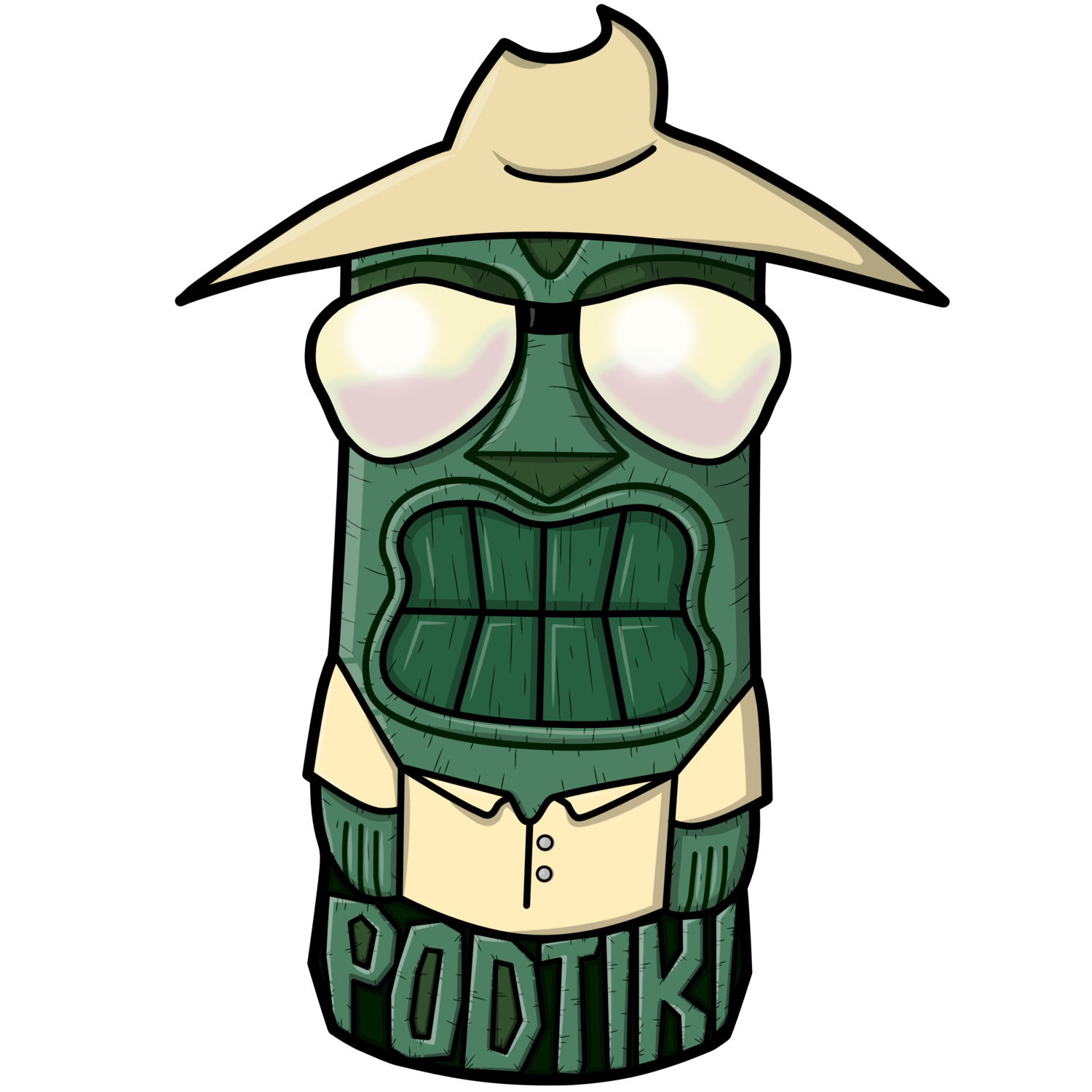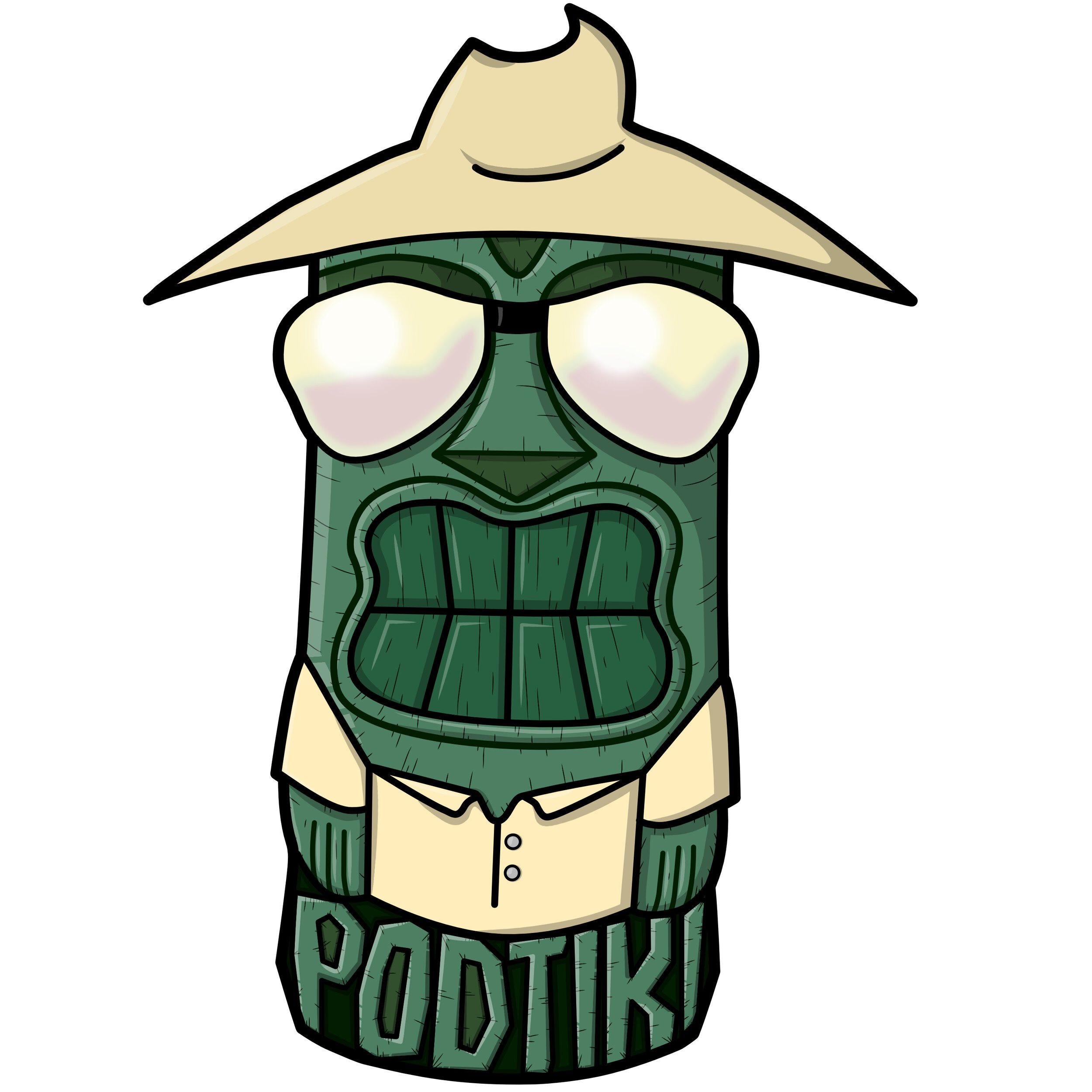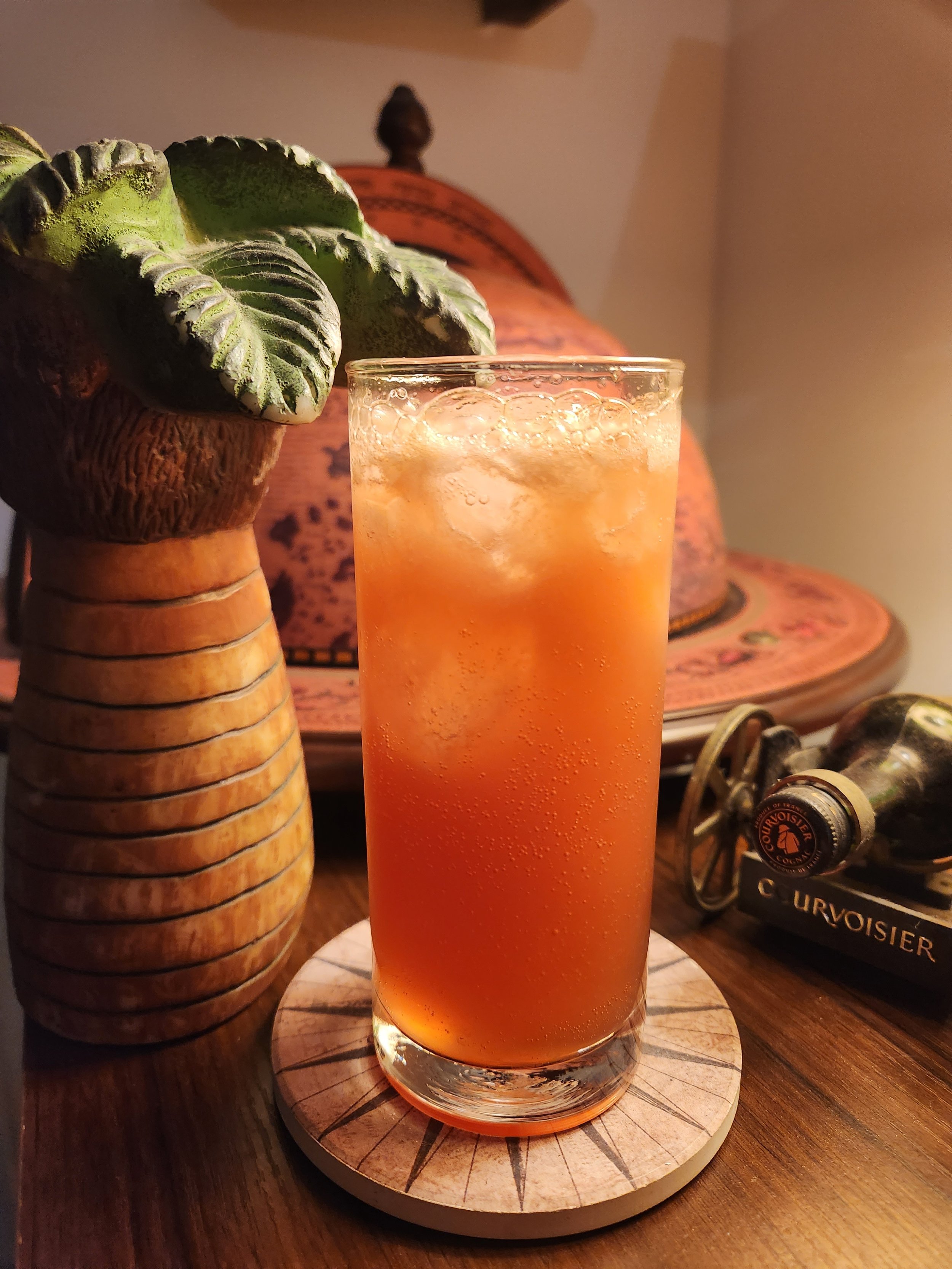Before the cocktail, with all its sophisticated nuance, there was the bold and alacritous punch bowl. Shared the table round by pirates and politicians alike. Not that the two are always mutually exclusive. We like to think this quick attention scrolling loop we’re stuck in is a recent phenomenon, but that’s not the case. As the petty pace of life picked up, early American tipplers had nary the time to sit and share a full bowl of punch. To facilitate the hustle and bustle of colonial life bartenders began mixing up punch by the glass. A good ol’ punch by the glass finally availed folks to stopping in for the proverbial “quick one”.
My favorite part of the holiday season is the gatherings. Anything from meeting a group of friends at some garishly decorated pop-up bar, or an intimate visit around an elegant Christmas tree. I just love spending time with as many loved ones as possible and taking in as many seasonal revels as can fit stuffed in my stocking. Since the holiday’s are rapidly gaining on us I think it’s the perfect time of year for a drink that has its origins in the idea of communal bibulousness. Punch just seems to set the tone for togetherness. Nothing elevates the spirit like elevating some spirits.
We’ve covered Planter’s Punch in a previous episode. The granddaddy of all punches complete with its own old timey rhyme, 1 of sour, 2 of sweet, 3 of strong, 4 of weak, but there’s so many variations on punch recipes varying wildly depending on region and/or season that this is a well we’re going to find ourselves at frequently.
However, this isn’t some filler episode thrown together quickly between holiday travels just to avoid a lapse in content. I have admittingly done those before and it doesn’t feel great. So, I thought, “what could we do for a November drink?” It’s a weird time after Halloween but not quite Christmas. So, I picked up my copy of Remixed and fanned the pages landing right to César’s Rum Punch. Perfect.
Ladies and gentlemen, my name is Tony, and this is Pod Tiki.
In this case, the party starts at the Hotel Oloffson. Haiti has such rich history, particularly surrounding its rhum culture, which lends so nicely to our overall Tropiki narrative. We’ve covered much of this history before in our Port-au-Prince episode, and there’s many more stories that could take up a podcast series on their own. So, today we’ll be focusing on the narrative at hand and trying to keep repetition to a minimum.
So, sometime in the late 19th century the prominent family of then Haitian president Tirésias Simon Sam constructed a lavish gothic mansion upon a hill overlooking Port-au-Prince. In 1915 one of the plethora of political upheavals ousted the Sam family leaving the mansion vacant till the U.S. Marine Corp moved into the palatial estate attempting to establish a proxy government the likes of what we had in Cuba before Castro. Ahm the good ol’ days; When the Mafia and U.S. government were in cahoots and we all benefited from the shared glory of exploitation. We used the mansion on the hill as a hospital and retreat for military leave till 1934 when a German by the name of Walter Oloffson bought the property and turned it into The Grand Oloffson Hotel.
In Haiti, as with Cuba and Jamaica, prohibition served as a boon to the island’s economy. Port-au-Prince, and therefore the Oloffson, became a destination for tourists looking for the “real” Caribbean opposed to the las vegas of the west indies that was Havana. Popularity did not come without its challenges. Oloffson and his familial successors were like a real life version of Don’t Stop The Carnival, complete with a pool-full of alligators that he just left there and told guests to go swim in the ocean.
By 1954 the place was taken over by a Frenchman named Roger Coster. This guy was a character. It seems like he really ran the hotel as a hangout spot to foster his own interests. He refused to pander to what he called the “coca-cola crowd”, his nickname for cruise ship tourists. I can’t argue with him there. Coster’s brash demeanor chased away your garden variety tourist but attracted the auteur crowd. He loved the intellectual and artistic types and, in turn, they found his brand of anti-hospitality folksy and amusing. According to cocktail historian Jeff Berry, Coster's Oloffson became a pseudo Greenwich Village of the islands hosting art galleries, native dance festivals, and musical performances. Writers, actors, and playwrights haunted the hotel frequently. Tennessee Williams, Irving Berlin, and Graham Greene - who used a fictionalized version of the Oloffson in his 1966 novel The Comedians.
During the 1960’s and 70’s the party didn’t stop. Now owner Al Seitz would name certain rooms in honor of frequent guests like Jacqueline Kennedy Onassis and Mick Jagger. Throughout the decades the Grand Oloffson Hotel has endured Duvalierism, a revolution, even a devastating earthquake in 2010 which left the structure damaged but still standing. The Grand Oloffson Hotel remains operational today. You can go, but between earthquakes, hurricanes and militants it feels like tempting fate a little too much. Like a real life Final Destination.
One indisputable fact that persists across its over 100 year history and in the reports of its many return guests is that the Oloffson Hotel had the best rum punch on the island. This was due to one Joseph César.
We really don’t know a lot about our drink’s namesake, César. What we do know is by all accounts he was the spirit of the hotel. Always with a great big smile, working from behind a custom built mahogany bar, it’s said that, as a shorter fellow, you would only see César from the shoulders up. Nevertheless, always with that warm smile.
César created his punch in the 1930’s when it would be offered as a welcome drink to hotel guests, as was the custom back then. There are some places where this tradition survives. When the Mrs and I stayed at El Sid, a beautiful oceanfront hotel in Cozumel, we were indeed greeted with tequila and Champagne upon arrival. Cuba still holds the record for best arrival though. In the airport we were escorted through the diplomatic entrance where we waited in a fully stocked lounge while they validated our passports and visas. Admittingly, it was a bit disconcerting to have our identification whisked away in a communist country, but it’s amazing how all the free Cuban rum and beer you want can assuage anxiety.
I wish there was more to tell. One would think there would be more insight on someone who has a famous drink named after them. But, perhaps this way is better. A testament to how much Joseph César, and César’s Rum Punch impacted people that routinely referenced him and his punch specifically. In my opinion this validates that it was indeed César’s magic potion that served as the allure and catalyst to the Oloffson Hotel’s legacy and solidifies César’s place among tropical drink royalty.
Joseph César died in 1981 and the only original piece remaining in the Grand Oloffson Hotel is his original mahogany bar.
So, with respect, let’s make a drink.
As with any respectable cocktail, and a few disrespectful ones, there’s always a little controversy involved. In 1947 Trader Vic published a recipe called Olofsson’s Rum Punch. We know that Vic did travel around the Caribbean island hopping and learning from the masters how to construct tropical drinks. We also know that when he was unable, or too lazy, to recreate a certain famous drink he took some liberties. Don the Beachcomber’s Zombie and Joe Scialom’s Suffering Bastard are a few of the well known drinks Vic offered that are similar in name only. This doesn’t take away from the trader’s validity or his aptitude both behind the bar and in the kitchen. There are two reasons why Vic’s Olofsson’s Punch is called into question. First, Al Seitz disputed Vic’s recipe in a 1972 interview in Playboy Magazine, offering up what he claimed was the true recipe. I tend to believe Seitz as he knew César personally when he ran the hotel. The second reason that arches a dubious eyebrow is the fact that the two drinks taste nothing alike, and frankly, Vic’s isn’t very good.
A blend of orange and lime juices, sugar, and Haitian rhum with a Myers’s dark float, Trader Vic’s Oloffson Punch feels like an attempt at making a Haitian drink by just using Haitian rhum in a generic punch recipe. It’s very rummy, which can be a plus, as many punches hide the spirit, but it’s inconsistent with other drinks from this region at the time. I mean, if Port-au-Prince was supposed to be this haven of pure unmolested tropicalia and the Olofsson a Mecca for the artistic demimonde, I find it hard to fathom that a dark blended Jamaican rum such as Myers’s would be used. Or that a float would be used at all, for that matter. Also, the use of Maraschino liqueur harkens to Vic’s time in Havana. This is all speculation on my part, but speculation done after many books read, travels done, and conversations had with prominent sources. I just don’t believe Vic’s Olofsson Punch would render the accolades we have on record by so many guests. It’s okay, but it’s not worth writing into a novel and pervading literature the way we have it documented that César’s did.
Nonetheless I provide Vic’s Oloffson’s Punch recipe here for you to test:
2 ½ oz Rhum Barbancourt
¼ oz Maraschino Liqueur
1 ½ oz Orange Juice (fresh)
¾ oz Lime Juice (fresh)
1 rounded tsp White Sugar
½ oz Myers’s Dark Rum
Dissolve sugar in lime juice first. Then shake all ingredients except Myers’s with ice and pour into a tall Collins glass or pilsner. Top with more Ice if needed. Float Myers’s on top.
Okay, let’s get to the real drink now.
The Haitian Rhum in question here is Rhum Barbancourt. The R H U M spelling of the word is in the French style denoting this is a spirit made not from molasses, but pressed cane juice, like its Martinican cousin Clement. The Barbancourt 8 Year Reserve Speciale I’m using here is a velvety clean and smokey rich spirit. Barbancourt makes their rhum using methods brought over from Cognac production and it shows in this spirit way more than other cane pressed counterparts. I’m a big fan of this rum for sipping and pairing with cigars. At a lovely 43% ABV it’s wonderful and I wouldn’t change a thing about it. In fact, if you find a bottle of the white variety I suggest using that for Ti’ Punch. It’s amazing. Barbancourt in general is my hidden gem of the rum world.
I believe we covered Barbancourt in our Port-au-Prince episode, but we’ll do a brief recap. Hailing from Charente, France, the region famous for the town of Cognac, brothers Dupré and Labbé Barbancourt began distilling rhum in Haiti in 1862 using those revered Cognac methods. Most notably double distillation and aging in oak. Tenets the company still utilizes today.
Barbancourt’s leadership reads like a religious litany. By 1902 Dupré had sole ownership and when he died the company passed to his widow Nathalie Gardère . From there it went to her nephew Paul Gardere till his death in 1946. His son Jean held the reins till 1990 and so on and so forth till the current CEO, Delphine Nathalie Gardère.
Back in 1946 the company acquired their own piece of land, Domaine Barbancourt, in the Plaine du Cul-de-Sac region of Haiti known for its renowned sugar cane. Barbancourt has won many awards and accolades over its almost 2 century run only halting production shortly to rebuild after the 2010 earthquake.
The rest of the ingredients are pretty standard for punches. Fresh lime juice, simple syrup, Angostura bitters, and grenadine. I implore you to make your own grenadine using equal parts pomegranate juice and cane sugar. Bring to a boil, simmer for about a minute, and let cool.
The recipe Al Seitz gave in retort to Vic’s back in the 70’s, and which Jeff Berry subsequently published as Cesars Rum Punch is as follows:
2 oz Lime Juice
1 oz Grenadine
¼ oz Sugar Syrup
3 dashes Angostura Bitters
2 oz Rhum Barbancourt
Shake all ingredients with ice and strain into a Collins glass filled with crushed ice.
I found this drink to be super sour, the only competing flavor being a sharp cloying sweetness. I got the impression that a perfect drink is in there, it just needed to be teased out. It calms down a little as the ice melts but remains wildly unbalanced. A cacophony af disparate flavors vying for attention, none of any being the incredible rhum. I believe this is indeed the correct ingredients, but that Cesar mixed them differently.
Therefore, after many attempts at moving amounts around I believe I have reached the best version of this drink and the one that must be closest to the lauded Cesar’s punch touted by so many.
½ oz Grenadine
¼ oz Sugar Syrup
1 oz Lime Juice
3 dashes Angostura Bitters
2 oz Rhum Barbancourt
Shake all ingredients with ice and strain into a 10 oz Collins glass filled with crushed ice. Garnish with mint sprig and pineapple wedge. I don’t usually condone useless garnish, but I like to add an orange wheel just as a nod to Trader Vic’s recipe.
This renders a very fruity, punchy beverage that still leans to the sour side, which I believe Cesar meant to be the case. It’s a lovely tropical drink and I could see why so many notable writers and actors of the day claimed to have been able to down quite a few per sitting. They go down super easy. The rhum is still a bit obfuscated but it adds a unique aged quality that’s missing with a different rum. I suggest having a few sips of the Barbancourt on the side before, then taste the punch and see if you can pick it out.
From 1963 - 71 the murderous regime of Papa Doc loomed perilously over Haiti. Even through this Joseph César remained undaunted in his idea of maintaining an atmosphere of escape from the heaviness outside. A weight that hangs on the soul like a thick humid caribbean mist. What better to alleviate this, promote a sense of weightlessness like floating to the ceiling on laughter, than a good tropical drink.
It’s my opinion that we could all be a little more like César. Smiling in the face of adversity. Resilient like Haiti and its people. And maybe along the way we create a drink that lasts a hundred years.
Ladies and gentlemen, my name is Tony, and this has been Pod Tiki. Keepi Tiki!
Sources: Potions of the Caribbean and Remixed by Jeff “Beachbum” Berry, Liberandcompany.com, barbancourt.com, wikipedia


